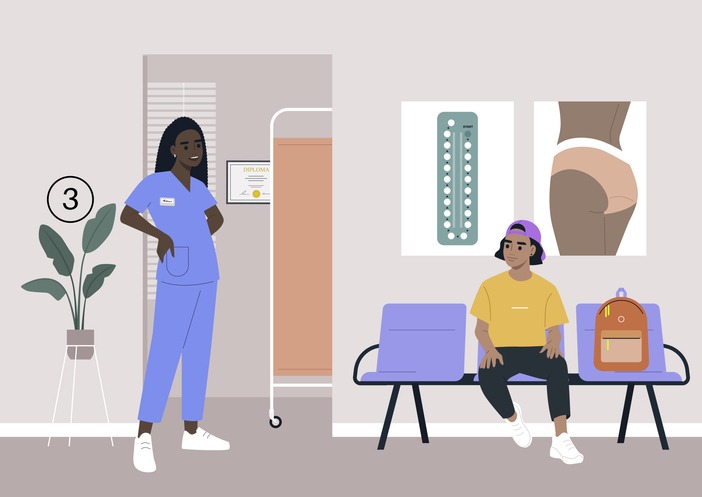
Should practices within a PCN be considering whether remaining as separate entities is really the best course of action given the direction of travel? Ben Gowland discusses
CREDIT: This is an edited version of an article that originally appeared on Ockham Healthcare
The Delivery Plan for Recovering Access to Primary Care document drops significant hints that the next phase will continue to promote widespread collaboration in general practice. Specifically, the statement “Integrating primary care requires general practice to operate at a larger scale either as part of PCNs or at place level” (p41) unmistakably points in this direction.
Despite the uncertainty surrounding upcoming changes, it’s evident that a return to direct funding at a practice level and the dissolution of PCNs are unlikely outcomes. The broader NHS integrated care agenda is clearly focused on establishing larger, more cooperative units within general practice, a trajectory that remains consistent regardless of PCNs’ mixed popularity among core general practitioners.
While the precise nature of future developments remains elusive – even to NHS England – certain principles seem reasonably assured according to Ben Gowland. Anticipate changes that bolster at-scale general practice, encourage more localized commissioning within general practice (reducing reliance on the national contract), and facilitate smoother collaborations between general practice and other local service providers.
In the face of uncertainty, it might be tempting for practices to hesitate in taking any actions. However, this hesitance, Gowland believes, could be a misstep. Given the current year’s contract terms are clearly defined and PCN strategies are mostly solidified, this moment could represent a period of relative calm before the next wave of changes. As such, it’s an ideal juncture for practices to implement significant strategic shifts.
One prominent alteration could involve practices within a PCN merging to form a single unified practice. Presently, PCN funding and ARRS staffing remain separate from practice funding and staffing, except in cases of single practice PCNs. Here, PCN requirements seamlessly integrate into the practice’s contractual obligations, allowing flexible resource allocation to meet all requirements.
Gowland acknowledges the complexities and resistance that merging practices might face due to the potential loss of individual autonomy. However, he contends that sustaining practices could become increasingly challenging with separate PCN funding and core practice funding. Aligning the two sources of funding appears astute in terms of long-term practice sustainability. This approach seems preferable to the alternative of funding (PCN or its successor) being held by an NHS provider, forcing the practice to constantly vie for access.
Although the future is uncertain and not without risks, maintaining the status quo also entails its share of uncertainties. Given the likelihood of funding being more aligned with the PCN model rather than the practice model, shaping practices to be PCN-aligned while the opportunity exists is a consideration that warrants more deliberation.



Be the first to comment